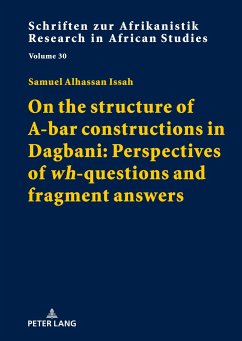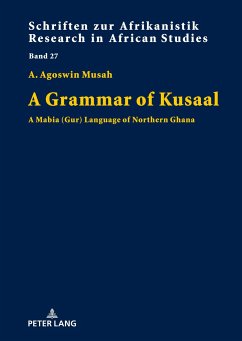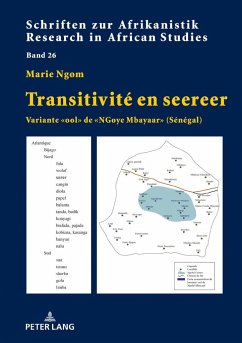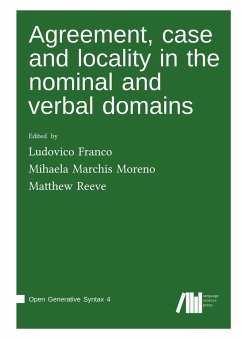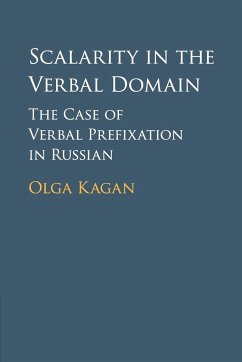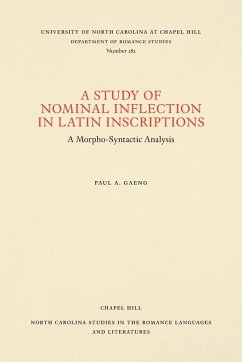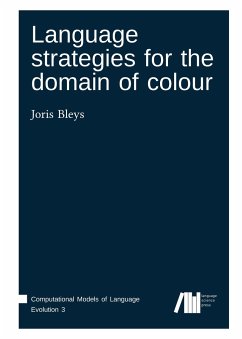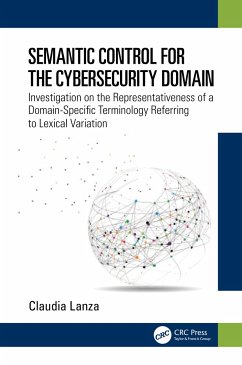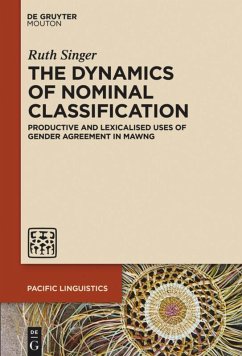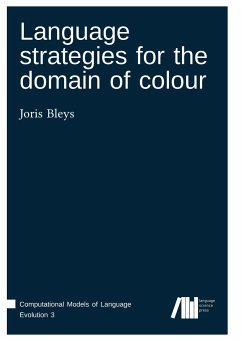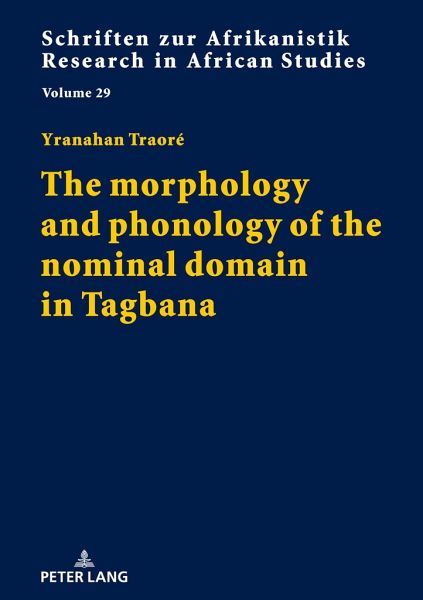
The morphology and phonology of the nominal domain in Tagbana
Versandkostenfrei!
Versandfertig in 6-10 Tagen
71,30 €
inkl. MwSt.

PAYBACK Punkte
0 °P sammeln!
The book investigates the morphology and phonology of the nominal domain in Tagbana of the Senufo group of Côte d'Ivoire. The nominal domain is the locus of a phenomenon called 'alliterative concord', a special kind of concord expressed by consonantal alliteration. All dependent morphemes of a head noun share articulatory features, which are realized on the onset of the first syllable of each morpheme. In this way, the articulatory features signal the class of the dependent morphemes. This volume also discusses the segment inventory and the syllable structure and describes the complex noun op...
The book investigates the morphology and phonology of the nominal domain in Tagbana of the Senufo group of Côte d'Ivoire. The nominal domain is the locus of a phenomenon called 'alliterative concord', a special kind of concord expressed by consonantal alliteration. All dependent morphemes of a head noun share articulatory features, which are realized on the onset of the first syllable of each morpheme. In this way, the articulatory features signal the class of the dependent morphemes. This volume also discusses the segment inventory and the syllable structure and describes the complex noun operations in the nominal domain. Distributed Morphology and Optimal Theory form the theoretical background of the empirical facts.





